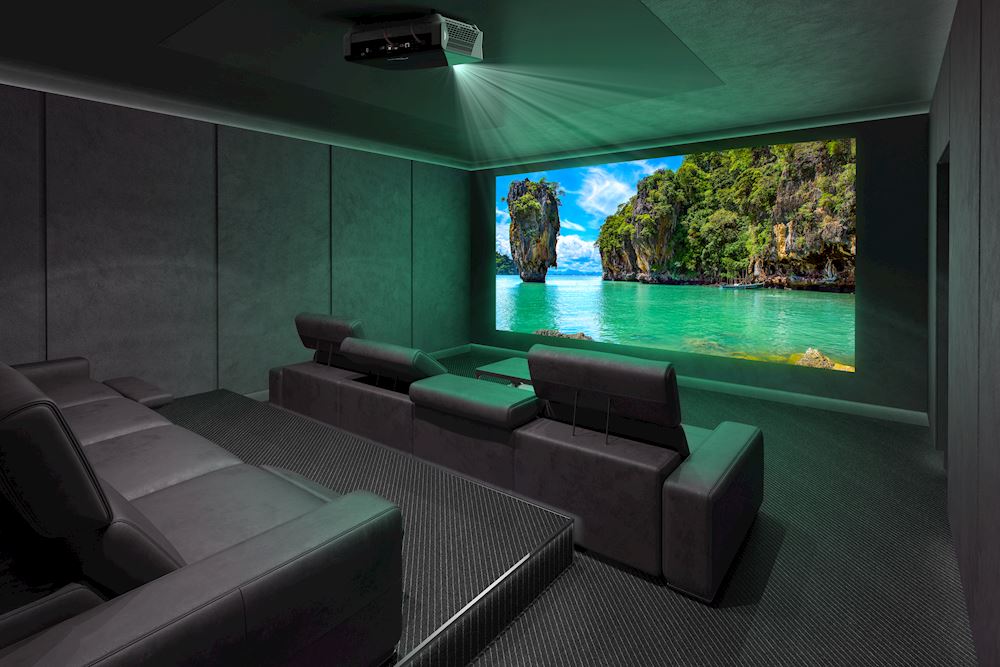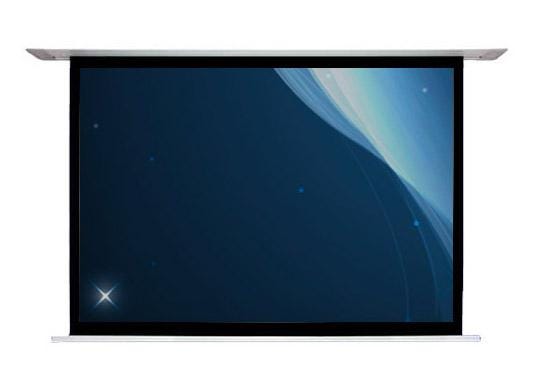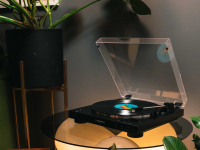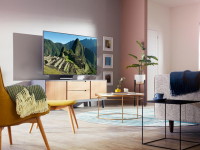
Once only seen in the most expensive home theatres of the rich and famous, home cinema projectors have steadily become increasingly more affordable, with some cutting edge tech along for the ride. Most of the technology behind how they work is complex and beyond the scope of the guide, but we’ve put this together to give a simple overview of the benefits a projector offers and a few things to look out for.
There are two main types of projectors you’ll encounter: 3LCD and DLP.
3LCD stands for Liquid Crystal Display and it works by shooting high-intensity light beams through a prism, which separates light into red, blue and green hues which are then put through panels and a lens that creates a picture.
DLP stands for Digital Light Processing and it sends light through a spinning colour wheel into a chip with microscopic mirrors to form images.

What is the difference between DLP and 3LCD technology?
DLP tend to have higher contrast than 3LCD, smaller, and generally more affordable. However, are prone to the ‘rainbow’ effect. This is a quick flash of rainbow-like colour trailing bright objects when looking from one side of the screen to the other. Only some people see this effect.
3LCD have brighter colours, smoother gradations and colour accuracy, and no rainbow effect. They are generally larger and more expensive.
The biggest advantage projectors have over TVs is image size. Most models are easily capable of images well above 100 inch screens, whilst most current big screen TVs are around 65-75 inches. Many projectors are able to create TV-rivalling 4K images as well, so when you factor that against the cost, it often makes good sense to consider a projector.

Another benefit that comes with projectors is that unlike a TV, there’s nothing taking up space on your wall or shelf. A projector screen rolls up and out of the way, making your entertainment neat and unobtrusive. Speaking of a screen, it’s most definitely something you will want to consider purchasing along with your projector. They have an optimised surface that is vital for getting the best picture possible.

One additional thing to consider when selecting a projector is ‘throw distance’. Throw distance is the measurement between the projector and the screen, and has an effect on image size. The size of your room will factor in to this, however those with limited space need not worry as there are options available in the form of ‘short-throw projectors’ to tackle this issue.
At the risk of getting more technical, we’ll leave things here, but we hope this has given you a basic understanding of the excitement a projector can bring to your home entertainment. We stock a big range of projectors and all the required accessories, so why not give your local Richer Sounds store a call, and they can walk you through selecting the perfect equipment for your specific space?
Click to take a look at our full projector range.





